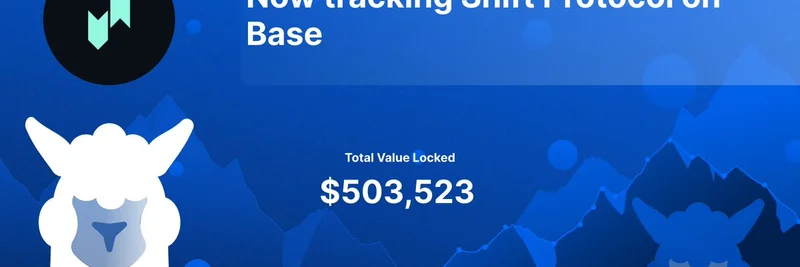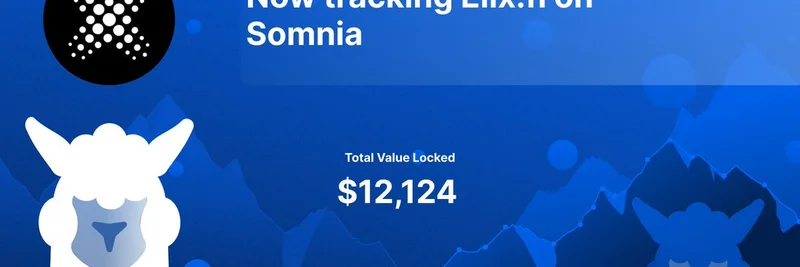The world of gaming collectibles just got a harsh reality check. On October 23, 2025, Valve dropped an update for Counter-Strike 2 (CS2) that allowed players to trade up five Covert-quality skins for high-end items like knives or gloves. Sounds great for accessibility, right? Well, not for everyone. This change made those premium items easier to obtain, causing their market values to plummet overnight. Reports estimate a staggering $1.7 to $2 billion wiped from the overall CS2 skin market cap, leaving years of player investments in the dust.
Imagine grinding for hours, trading, and building a collection worth thousands, only for a single patch to tank it all. No warnings, no hedges—just poof. This is where Jerry Li, a speculation and science expert at the Solana Foundation, steps in with a timely take on X (formerly Twitter). In his post, Li empathizes with CS2 players and points to a bigger picture: the power of internet capital markets (ICM) on blockchains like Solana.
Why ICM Matters for Collectibles
ICM refers to decentralized financial systems that let people participate in markets for digital assets—think stocks, but for internet-native stuff like game skins, NFTs, or even meme tokens. Unlike traditional gaming economies controlled by one company (looking at you, Valve), ICM allows for real financial tools. You can hedge against drops, short positions, or even fractionalize ownership.
Li highlights Solana teams building ICM specifically for collectible real-world assets (RWAs)—that's jargon for tokenizing physical or digital items on the blockchain so they're tradable like crypto. Here's the breakdown from his thread:
Third-party marketplaces like Dupe.fi: They're tokenizing CS skins, making the market more accessible. Instead of being locked in Valve's ecosystem, you could trade fractions or derivatives on-chain.
Collectibles perps from Trove Markets and Fraction.skin: Perps are perpetual futures contracts—basically, bets on price without owning the asset. Li notes this validates shorting items like "knives," letting you profit if values drop, as they just did.
Pure-play platforms like Collector Crypt and Phygitals: These are expanding into blue-chip categories, turning collectibles into liquid assets with built-in royalties and fees.
The beauty? Blockchain fixes the "no hedge" problem. If CS2 skins were on Solana, players could react instantly—sell shorts, buy puts, or even earn yields on holdings. No more rug pulls from centralized updates.
The Meme Token Reaction: $CSI6900 Emerges
As with any crypto drama, the community didn't just complain—they memed. Enter $CSI6900, a Solana-based meme token launched in response to the crash. With the contract address Aj8VSASJArUW3h9gkBKctzjGRDzUTvNQ2rzgcfiGKtu, it's a playful jab at the "Counter-Strike Incident." Memes like this capture the zeitgeist, turning pain into pump. Check out this snapshot from the thread:
While $CSI6900 might be a short-lived pump, it shows how Solana's low fees and speed enable rapid token creation. It's part of the broader meme token ecosystem we cover here at Meme Insider, where cultural moments become investable.
Lessons for Blockchain Practitioners
This CS2 fiasco underscores why decentralized systems win. On platforms like Solana, updates are community-governed, and markets are open. If you're in blockchain, dive into RWAs and ICM—tools like those from Dupe.fi, Trove Markets, and Phygitals are paving the way.
Stay ahead: Follow Solana devs, explore tokenization, and remember, in crypto, you can always hedge your bets. What's your take on the crash? Drop it in the comments below.



